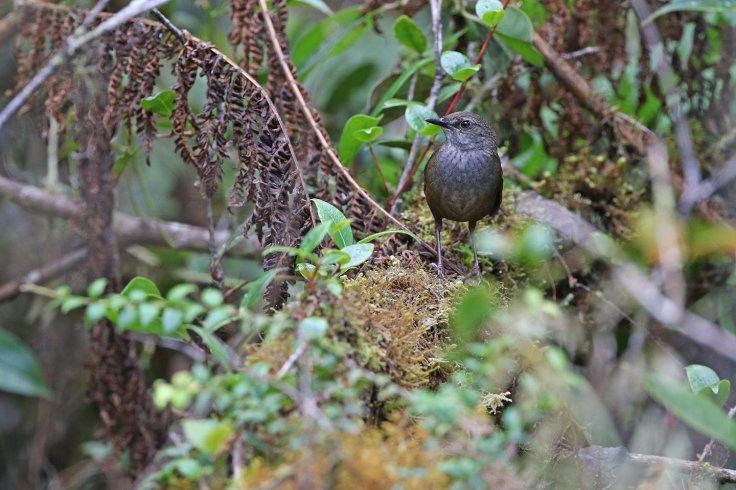Scientists have already warned that many species of birds willbe extinct in South-east Asia due to climate change by the end of the century. Amid such growing fears,researchers from the National University of Singapore (NUS) and University of Sheffield identified 10 new bird species in the Wallacea region.
The fears have escalated following an earlier study that said hunting or poaching in Sundaland, which includes Borneo, Sumatra and Java that is the habitat of 308 forest-dependent bird species, has witnessed much higher population loss of the forest habitats in the region than when accounted for separately.
The research
National University of Singapore (NUS) and the Indonesian Institute of Sciences (LIPI) jointly conducted the study, led by Associate Professor Frank Rheindt from the Department of Biological Sciences at NUS Faculty of Science, which found the birds in three small island groups off Sulawesi, Indonesia.
The new study, published in the journal Science on January 10, claimed that the understanding of species' diversity of complex areas such as Wallacea, which an archipelago at the interface between the Oriental and Australian biogeographical realms, remains incomplete even for relatively well-known groups such as birds.

Discovery of new species
As per the recently published study, Associate Prof Rheindt along with his team carried out the research focusing the islands of Taliabu and Peleng, which are situated in the north-eastern coast of the Sulawesi, which is majorly known for the coral reefs and dive sites such as Bunaken National Park, the Togian Islands and Wakatobi National Park.
The lead researcher and his team conducted a six week long extensive fieldwork in three remote islands between 2013 November and 2014 January. During their exploration program, the team collected 10 new, long-overlooked bird species.
Later, the team found success in describing five new songbird species and five new subspecies by integrating the genomic as well as phenotypic research methodologies, which is a type of screening that is used in biological research.
The newly found bird species
The newly found species of birds were discovered from three different areas. While in Taliabu, the researchers found Taliabu Grasshopper-Warbler, the Taliabu Myzomela and the Taliabu Leaf-Warbler as well as three subspecies- the Taliabu Snowy-browed Flycatcher, Taliabu Island Thrush and Sula Mountain Leaftoiler, from Togian, a new subspecies - the Togian Jungle-Flycatcher -- were discovered.
Similarly, from Peleng, two new species, the Peleng Fantail and the Peleng Leaf-Warbler and a subspecies- the Banggai Mountain Leaftoiler- were found by the research team.
After the finding, the lead author of the study Associate Prof Rheindt stated that in this research process studying the routes and other expeditions as well as identifying the flaws helped the team to find out these new species. In addition, the scientist mentioned that "the description of this many bird species from such a geographically limited area is a rarity."
As per the researcher, "Going forward, the use of earth-history and bathymetric information could also be applied to other terrestrial organisms and regions beyond the Indonesian Archipelago to identify promising islands that potentially harbour new taxa to be uncovered."









